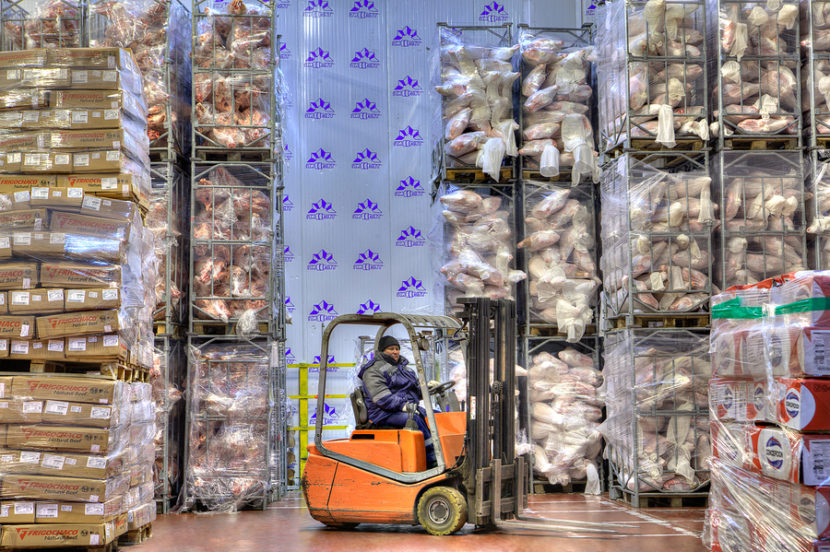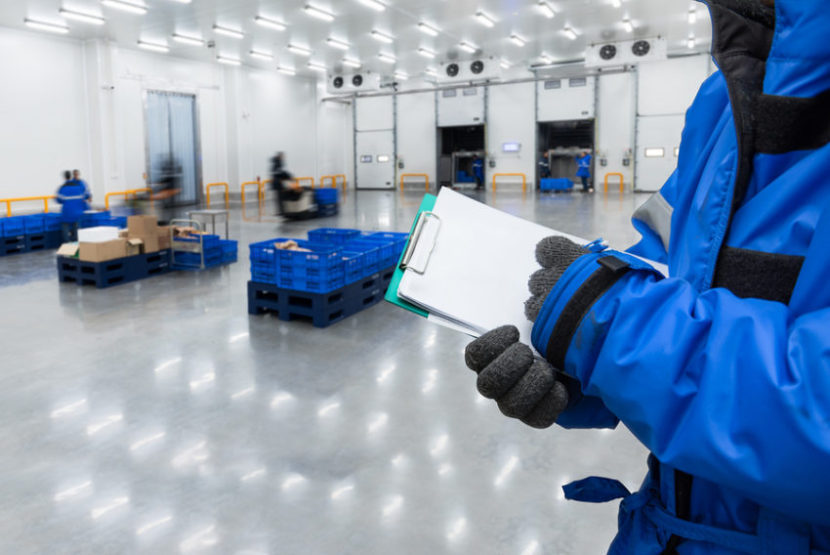Temperature Control and Food Safety Software: An Evolving Discipline
By Steven Burton
Temperature monitoring has always been a major food safety issue and regulators continue to turn up the heat, particularly with the new FSMA rules around transportation. Technology plays a critical role in prolonging shelf-life and addressing other quality issues, but it also helps prevent food safety failures caused by temperature mismanagement, one of the top reasons for foodborne illness. Improper storage and failure to reach and maintain minimum cooking temperatures are key examples of what can go wrong here.
Regulatory compliance and an effective HACCP plan mean food establishments must control the temperature of products and processes, particularly for “potentially hazardous foods” like meat, fish, dairy products, and some produce, among others. Temperature matters in different ways: heating kills pathogens such as Salmonella, E. coli, and others; keeping temperatures low controls the growth of microbes such as Listeria monocytogenes; Clostridium perfringens or botulinum can be prevented during the cooling process for meat and seafoods.
Temperature is relevant to the entire supply chain and to the bottom line of any food business, and requires constant monitoring and logging. It is therefore important
to ask and assess if your current technology is delivering the most benefits regarding product temperature and its critical control points.
Automated Temperature Logging
Technology plays a critical role in prolonging shelf-life and addressing other quality issues
Devices that automatically monitor temperature became the industry standard some 25 years ago, replacing manual data collection on paper or spreadsheet. A little outdated today, they require manual data entry into a food safety program, which costs time and money and puts a business at risk of human error.
Integration with Food Safety Software
Automation delivers greater value when it is integrated with your food safety software, so devices can automatically upload temperature data directly into the system at specified intervals. For example, freezer sensors will periodically send data to your food safety program, which is then logged for review by internal food safety experts. This also means that your data is ready-to-go for any inspection or audit, at any time.
Complications can arise over the timing and frequency of logging, particularly during transportation. It’s not sufficient– from a safety or quality standpoint– to only log temperatures at the start and end of a shipment; intervals during which temperatures were not monitored pose a food safety risk, and there is no way to prevent risk and loss before the damage is done. The problem of prevention remains if you use data loggers that upload information after-the-fact. Yet maintaining real-time records across air, land, and water requires constant access to wifi, cellular networks, or satellite. This can be difficult to accommodate.
Smart Automation of Temperature
Whether you’re monitoring product at a facility or in transit, technology now offers the next step in automation. Instead of merely collecting data, your sensors can now talk to your food safety program and your food safety program can talk back. When temperature nears pre-set thresholds, automatic notifications are sent and incident management features are launched to ensure rapid response – before a problem becomes a Problem. This not only increases efficiency, but dramatically reduces risk of spoilage and other hazards associated with temperature abuse.
Regardless of your current food safety temperature solution, it’s clear that technology will continue to deliver ever more sophisticated responses. As these solutions become more affordable and more widespread, prevention becomes key to reducing the incidence of food-borne illness.
About the Author
Steven Burton is an innovative software architect and the creator of the award-winning food production management system, Icicle. Through the development of advanced food safety technology based on over a decade of sophisticated software development expertise, Burton has taken Icicle beyond document management and food safety to offer a complete solution for smart automation, improving quality standards, production efficiency, and expanding growth opportunities for all types of food businesses.

-
 FeaturedRisk management
The Cost of a Breach: What a Cyberattack Could Mean for Food Safety Recalls
FeaturedRisk management
The Cost of a Breach: What a Cyberattack Could Mean for Food Safety Recalls
-
 FeaturedRisk management
Securing the Food Chain: How ISO/IEC 27001 Strengthens Cybersecurity
FeaturedRisk management
Securing the Food Chain: How ISO/IEC 27001 Strengthens Cybersecurity
-
 FeaturedRisk management
Revolutionizing Food Safety Training: Breaking Out of the “Check-the-Box” Mentality
FeaturedRisk management
Revolutionizing Food Safety Training: Breaking Out of the “Check-the-Box” Mentality
-
 GFSI Standards
GFSI 2025: Building Trust, Tech-Forward Solutions, and Global Unity in Food Safety
GFSI Standards
GFSI 2025: Building Trust, Tech-Forward Solutions, and Global Unity in Food Safety
-
 FeaturedFood Safety
Integrated Pest Management: Strategies to Protect Your Brand’s Reputation
FeaturedFood Safety
Integrated Pest Management: Strategies to Protect Your Brand’s Reputation
-
 FeaturedFood Safety Culture & Training
No Open Door Policy: Challenges That Impact Pest Control in Food Processing Plants
FeaturedFood Safety Culture & Training
No Open Door Policy: Challenges That Impact Pest Control in Food Processing Plants




